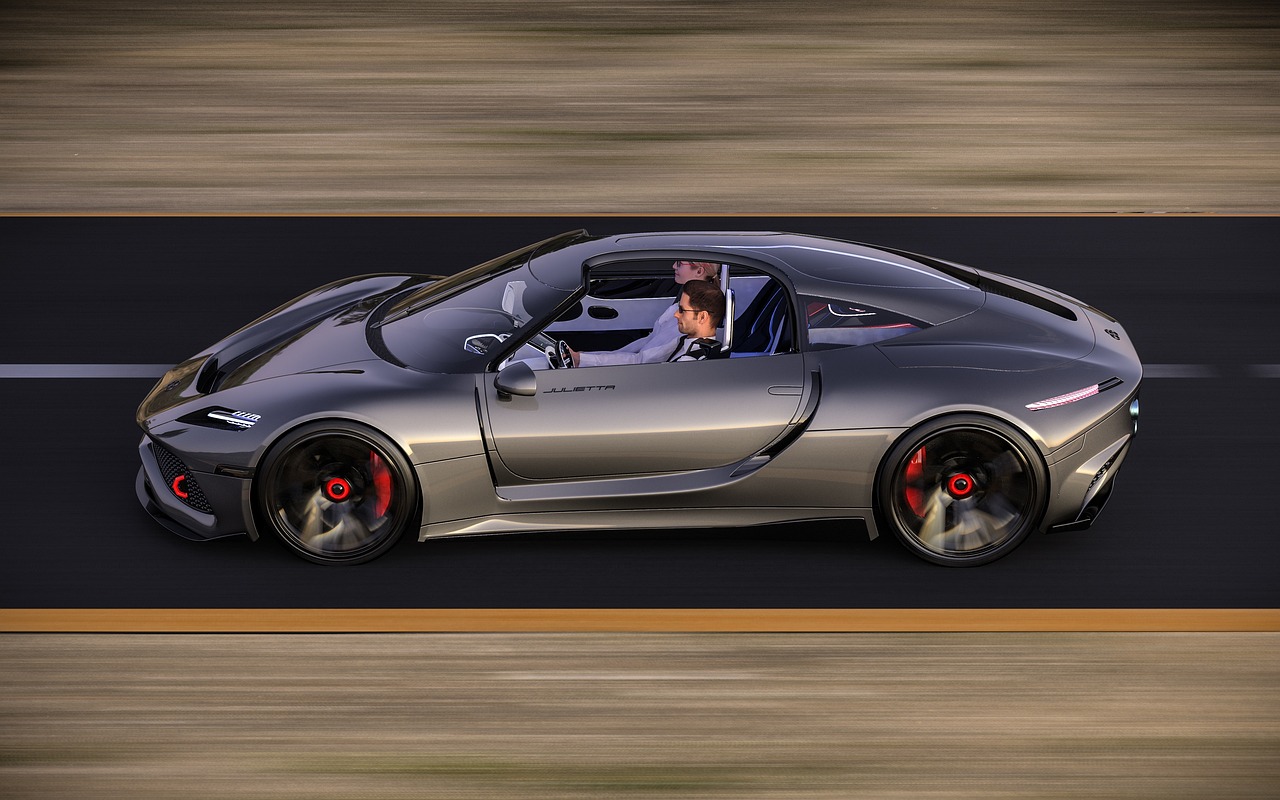The Evolution of Automotive Turbocharger Technology: From Single to Variable Geometry
Variable Geometry Turbochargers, or VGTs, are cutting-edge components in the realm of automotive engineering. Unlike traditional fixed-geometry turbochargers, VGTs are able to adjust the angle of the turbine vanes according to the engine’s operating conditions. This dynamic feature allows for optimal boost delivery across a wider range of engine speeds, resulting in improved power output and fuel efficiency.
The concept of variable geometry turbochargers has revolutionized the performance of modern vehicles by enhancing both power and torque characteristics. By adapting to the engine’s needs in real-time, VGTs help minimize turbo lag and maximize overall efficiency. This advanced technology has become increasingly popular in the automotive industry, offering drivers a more responsive and enjoyable driving experience.
Benefits of Variable Geometry Turbochargers
Variable geometry turbochargers offer a range of benefits that make them a popular choice in modern automotive engineering. By adjusting the airflow to the engine based on operating conditions, these turbochargers optimize engine performance across a wide range of speeds. This results in improved fuel efficiency and power output, enhancing overall driving experience.
Furthermore, variable geometry turbochargers contribute to reduced turbo lag, providing quick and responsive acceleration. Their ability to adapt to changing conditions allows for smoother power delivery, eliminating the delay commonly experienced in traditional turbocharged systems. This feature not only improves driving dynamics but also enhances engine efficiency by ensuring optimal air-fuel mixture at all times.
• Improved fuel efficiency and power output
• Enhanced overall driving experience
• Reduced turbo lag for quick and responsive acceleration
• Smoother power delivery for better driving dynamics
• Ensures optimal air-fuel mixture at all times
Innovations in Turbocharger Technology
Variable geometry turbochargers are at the forefront of innovations in turbocharger technology, offering improved performance and efficiency in modern vehicles. By adjusting the angle of the turbine housing vanes, these turbochargers can optimize boost response at various engine speeds, providing better power delivery and reducing turbo lag. This dynamic design allows for better control over exhaust gas flow, resulting in enhanced fuel efficiency and reduced emissions.
Furthermore, variable geometry turbochargers are able to adapt to different driving conditions, offering a more responsive and versatile driving experience. This technology allows for increased power output without sacrificing fuel economy, making it a popular choice for manufacturers looking to enhance performance while meeting stricter environmental regulations. With continued advancements in variable geometry turbocharger technology, drivers can expect even more efficient and powerful engines in the future.
What are Variable Geometry Turbochargers?
Variable Geometry Turbochargers are turbochargers that have adjustable vanes or nozzles, allowing for better control of boost pressure and improved efficiency.
What are the benefits of Variable Geometry Turbochargers?
Variable Geometry Turbochargers provide better engine response, improved fuel efficiency, reduced turbo lag, and increased power output compared to traditional fixed geometry turbochargers.
What are some recent innovations in turbocharger technology?
Recent innovations in turbocharger technology include the development of electric turbochargers, twin-scroll turbochargers, and the use of materials like ceramic and titanium to reduce weight and improve performance.







